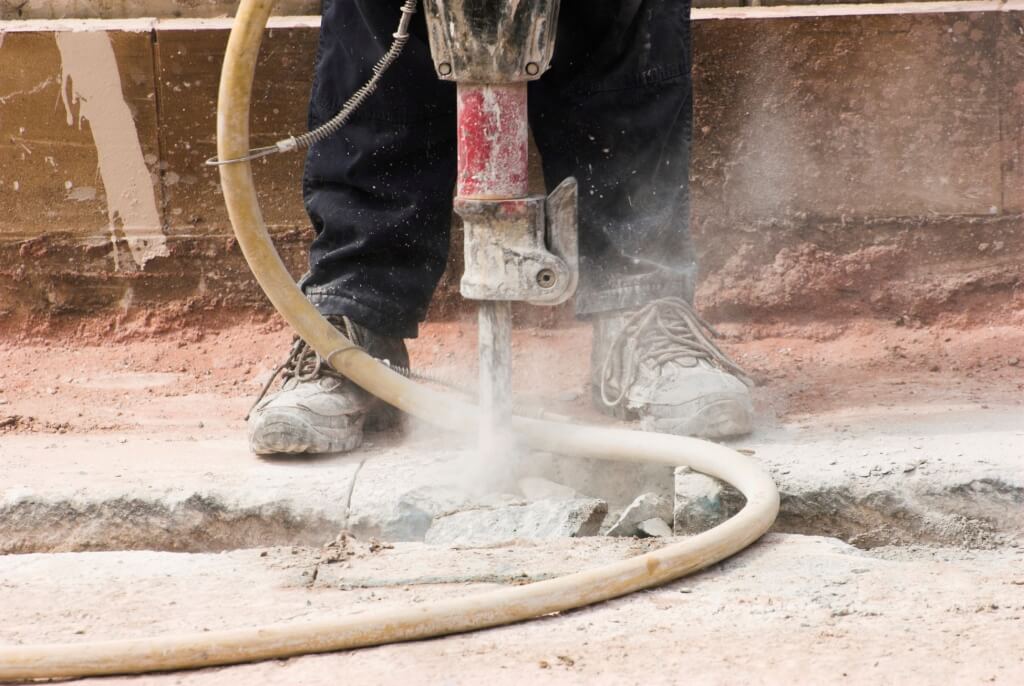Update: OSHA’s New Silica Standard

On October 24, 2017, OSHA’s Regional Silica Coordinators held a national conference call and, following that call, asked that the information below be disseminated:
1. Construction Interim Guidance
2. Medical Surveillance Requirements
Questions have come up about the medical surveillance requirements in standard 1926.1153 for silica in construction.
The standard requires employers to make medical surveillance available (at no cost to the employee and at a reasonable time and place) to each employee who will be required under this section to use a respirator for 30 or more days per year.
It also requires an initial exam and periodic exams every three years (see the standard for all requirements), including a chest X-ray interpreted and classified by a NIOSH-certified B Reader.
The initial exam also must include a pulmonary function test administered by a spirometry technician with a current certificate from a NIOSH-approved spirometry course.
B-readers for X-rays and PFT spirometry technicians trained through a NIOSH-approved course will also be required under the General Industry/Maritime silica standard when it goes into effect June 23, 2018. Under that standard, however, the trigger for medical exams is different.
In GI/Maritime, medical surveillance will be required for each employee who will be occupationally exposed to respirable crystalline silica at or above the action level for 30 or more days per year.
In January 2017, OSHA, CONN-OSHA, and CBIA entered into an alliance agreement to help promote workplace safety to CBIA member companies. As part of this agreement, OSHA will periodically share with us information to disseminate to our members. Questions? Contact CBIA’s Phillip Montgomery (860.244.1982).
RELATED
EXPLORE BY CATEGORY
Stay Connected with CBIA News Digests
The latest news and information delivered directly to your inbox.


